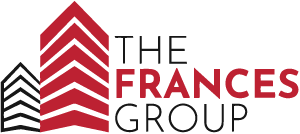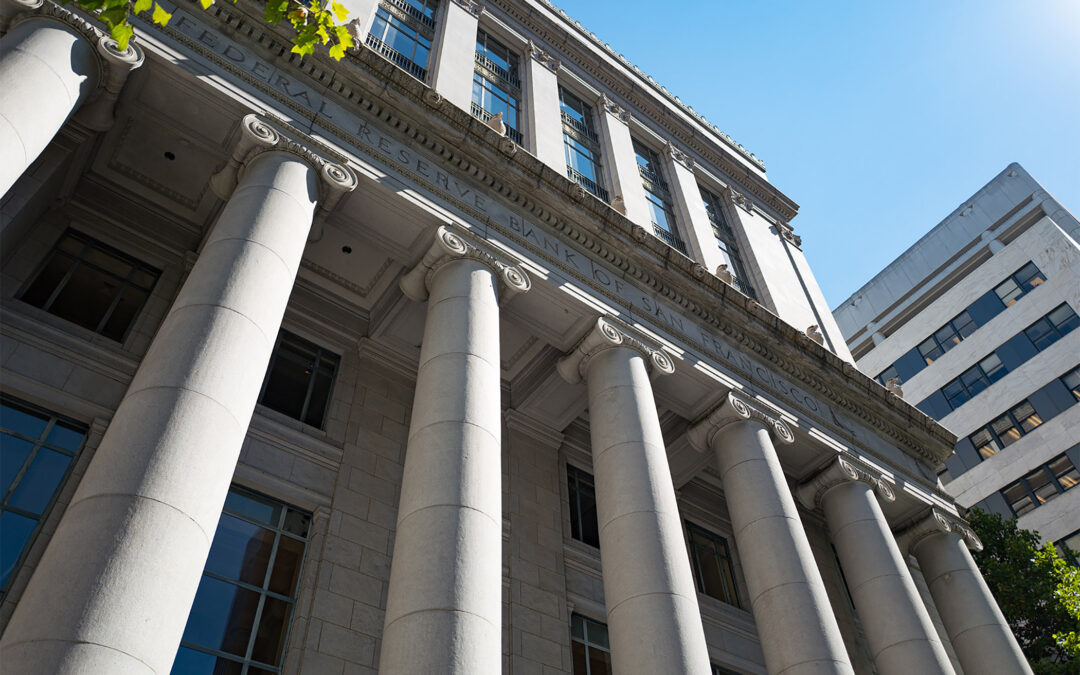Even Hardest Hit Property Sectors See Improving Values
Four more of the nation’s largest banks have joined JPMorgan Chase & Co. in reporting improved outlooks for commercial real estate lending.
The holding companies for U.S. Bancorp, Citigroup, Bank of America and Wells Fargo all held third-quarter earnings conference calls Thursday and, along with JPMorgan Chase, the five banks held a combined $387.6 billion in commercial real estate loans as of June 30, according to Federal Deposit Insurance Corp. data.
The improved outlooks for lending are notable in that the banks’ combined loan portfolios have been shrinking. Their June total is down from $395 billion as of a year earlier. The improved outlooks and comments signal a readiness to increase their lending and portfolio growth as financial institutions head back toward pre-pandemic practices.
With respect to commercial real estate, “we actually saw some growth,” Terrance Dolan, chief financial officer of U.S. Bancorp, told analysts on the bank holding company’s third-quarter earnings conference call. “Pipelines are reasonably strong.”
However, with the rebound comes competition for the growing demand for borrowing, Dolan said. That is increasing the payoff of loans in banks’ portfolios, which could hamper the growth of those portfolios.
On the plus side, the return to the office by corporations is starting to drive up property collateral valuations, Dolan said.
“We’re starting to see some of those trends improving as well, and I think that that generally would be a positive thing in terms of CRE investment by underlying developers and financiers,” Dolan said.
The comments come a day after JPMorgan Chairman Jamie Dimon said the nation’s biggest bank holding company is seeing commercial real estate lending growth, stemming largely from loan originations.
Some Signs of Improvement
Mike Santomassimo, chief financial officer of Wells Fargo, also reported seeing commercial real estate conditions beginning to improve even for the property sectors hurt most by the pandemic.
“Hotel properties reflected increased liquidity and improved valuations,” Santomassimo said. “While we have not seen any widespread stress in office, we continue to watch this sector closely and believe that any impact as a result of return to office or hybrid working plan will take time to play out.”
Wells Fargo reported that its third-quarter commercial real estate loan portfolio grew overall from the second quarter. Adding in future commercial real estate loan commitments, the portfolio is $1.2 billion higher than three months ago.
The growth is driven by increased holdings and commitments for apartment and industrial property loans, while office, retail and hotel loan holdings were down from the previous quarter.
“It’s still relatively modest so far in terms of what we’ve seen, and I think it’ll take some more time for it to really play out in a more meaningful way. But it’s encouraging to start to see at least a little bit manifest so far,” Santomassimo said.
Generally, conditions leading to the improved outlooks included strong consumer spending, improvement in the vaccination rates, continued reopening of businesses after a minor slowdown from the surge in COVID-19 delta variant cases, an expected growth rate of the U.S. economy of more than 5.5% this year, and unemployment falling back to pre-pandemic levels, according to the banks.
Banks also reported a number of concerns on their radar, including an economic slowdown in China and its impact on global growth, inflation, supply-chain constraints that are creating shortages of materials and goods, labor shortages and, finally, what happens next with the U.S. debt ceiling negotiations in Washington, D.C.
Author Credit: CoStar

